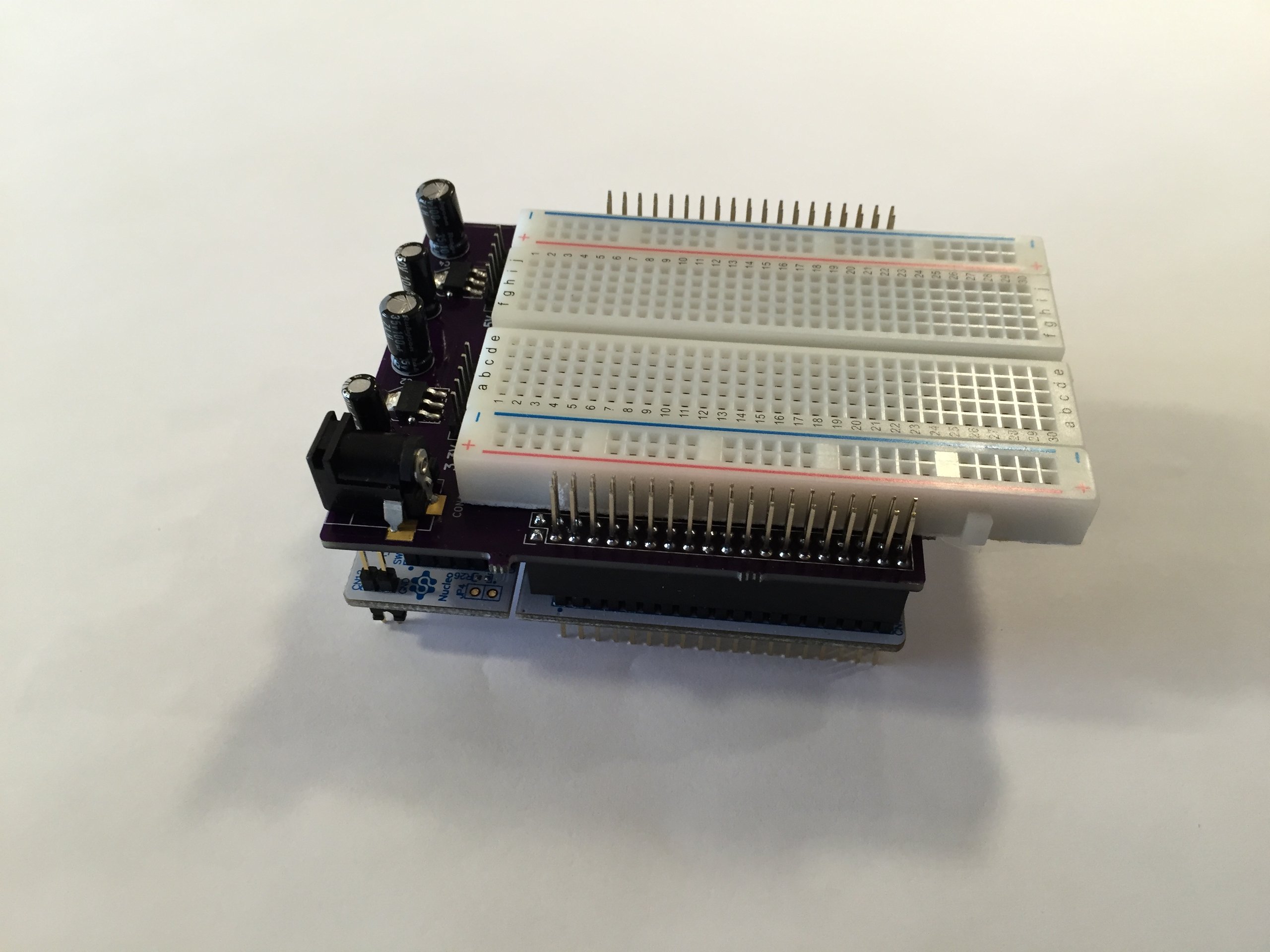
Calendar RTC with alarm, periodic wakeup from stop/standby.2 x watchdog timers (independent, window).2 x 16-bit timers with IC/OC/OCN/PWM, dead time generation and emergency stop.1 x 16-bit timer with 2 x IC/OCs, one OCN/PWM, dead time generation and emergency stop.3 x 16-bit 8-channel advanced motor control timers, with up to 8 x PWM channels, dead time generation and emergency stop.2 x 32-bit timer and 2 x 16-bit timers with up to four IC/OC/PWM or pulse counter and quadrature (incremental) encoder input.HRTIM (Hi-Resolution and complex waveform builder): 6 x16-bit counters, 184 ps resolution, 12 PWM.Internal voltage reference buffer (VREFBUF) supporting three output voltages (2.048 V, 2.5 V, 2.95 V).6 x operational amplifiers that can be used in PGA mode, all terminals accessible.7 x ultra-fast rail-to-rail analog comparators.4 x unbuffered internal channels 15 MSPS.Resolution up to 16-bit with hardware oversampling, 0 to 3.6 V conversion range


Internal 16 MHz RC with PLL option (± 1%).VBAT supply for RTC and backup registers.Low-power modes: sleep, stop, standby and shutdown.Power-on/power-down reset (POR/PDR/BOR).External memory interface for static memories FSMC supporting SRAM, PSRAM, NOR and NAND memories.Routine booster: 32 Kbytes of SRAM on instruction and data bus, with hardware parity check (CCM SRAM).96 Kbytes of SRAM, with hardware parity check implemented on the first 32 Kbytes.
#NUCLEO BOARD WITHOUT MORPHO HEADER PINS CODE#
512 Kbytes of Flash memory with ECC support, two banks read-while-write, proprietary code readout protection (PCROP), securable memory area, 1 Kbyte OTP.CORDIC for trigonometric functions acceleration.VDD, VDDA voltage range: 1.71 V to 3.6 V.Core: Arm® 32-bit Cortex®-M4 CPU with FPU, Adaptive real-time accelerator (ART Accelerator) allowing 0-wait-state execution from Flash memory, frequency up to 170 MHz with 213 DMIPS, MPU, DSP instructions.The STM32 Nucleo-64 board does not require any separate probe as it integrates the ST-LINK debugger/programmer. The Arduino™ Uno V3 connectivity support and the ST morpho headers allow the easy expansion of the functionality of the STM32 Nucleo open development platform with a wide choice of specialized shields.

See Matrix of tested boards.The STM32 Nucleo-64 boards provide an affordable and flexible way for users to try out new concepts and build prototypes by choosing from the various combinations of performance and power consumption features, provided by the STM32 microcontroller. These headers give access to all STM32 pins. mbed-dev library in (source files of the mbed library used on mbed compiler IDE).ARMmbed/mbed-os repository on GitHub ( up-to-date version, used with mbed CLI commands).You can find more details on the available pins and labels in the PeripheralPins.c and PinNames.h files. Mass storage (USB Disk drive) for drag'n'drop programming.USB re-enumeration capability: three different interfaces supported on USB.USB VBUS or external source (3.3 V, 5 V, 7 - 12 V).Selection-mode switch to use the kit as a standalone ST-LINK/V2-1.On-board ST-LINK/V2-1 debugger/programmer with SWD connector.
#NUCLEO BOARD WITHOUT MORPHO HEADER PINS FULL#


 0 kommentar(er)
0 kommentar(er)
